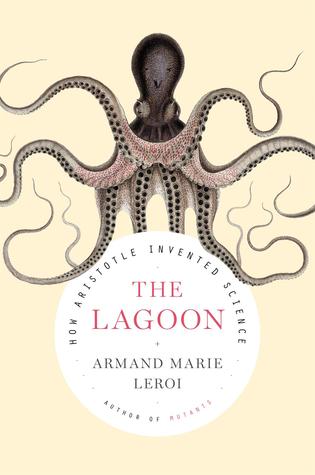Indeed, there’s a third sense in which Aristotle uses eidos. It’s related to the other two, but goes much deeper, and is much more surprising. It’s the appearance of an organism, but – if this is not too paradoxical – its appearance when it cannot yet be seen. It is the ‘information’ or the ‘formula’ which was transmitted to it by its parents, from which it built itself in the egg or womb, and which it will, in turn, transmit to its progeny. It is in this sense that Aristotle thinks that the nature of a thing resides primarily in its form. To speak of eidos as ‘information’ risks anachronism.
...more
Welcome back. Just a moment while we sign you in to your Goodreads account.


